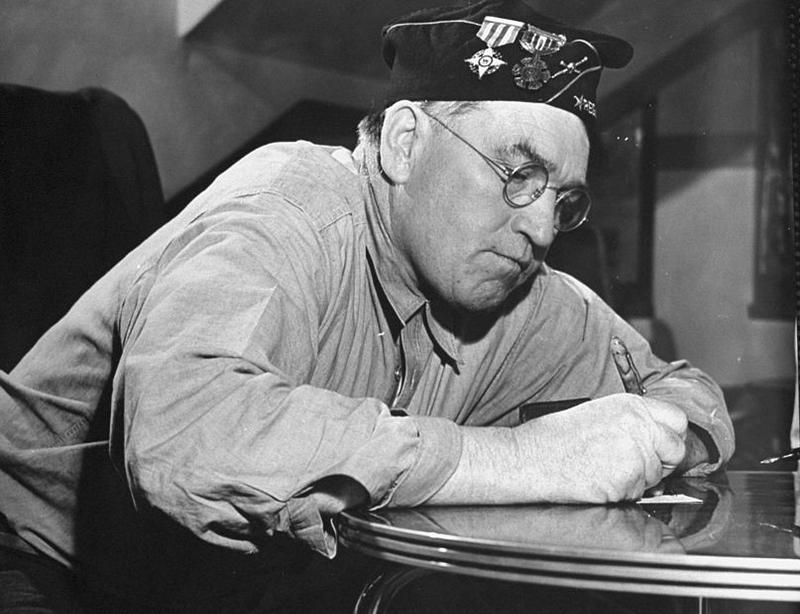The Old Man's Draft: When The U.S. Drafted Senior Citizens
By | September 5, 2021

Today, young American men are required to register for the selective service, or draft, so they may be called up for service in times of great military need. That need was so great during World War II, however, that the draft was expanded to include men up to the ripe old age of 64 in what's become known as the "Old Man's Draft."
The Old Man's Draft
In 1940, Congress passed the Selective Service Act in anticipation of being drawn into the war in Europe; their foresight turned out to be astute because it came to pass just the following year. As a result, all American men between the ages of 21 and 35 were required to register for the draft, but once the U.S. actually entered the war, the age requirements were tweaked. The second phase of the Selective Service Act lowered it to 18, the third phase expanded it to 45, and the fourth and final registrations, beginning on April 27, 1942, opened the draft to men between the ages of 45 and 65. Because it extended into a man's golden years, this phase of the draft was often called the "Old Man's Draft."
What Did The Old Man's Draftees Do?
Thankfully, there wasn't too much reason to worry about your grandpa's grandpa—the men called up in the Old Man's Draft were usually not sent to the front lines. Instead, they typically served in support roles to free up younger, more able-bodied men for battle. In fact, registration cards for members of the Old Man's Draft were unique in that they required a list of skills and experience in addition to the basic information of the young men's registration cards. With such information, the U.S. military could assign its senior draftees to the roles in which they'd provide the most value. The Old Man's Draft ended with the war, and although multiple Selective Service Acts have been passed in the intervening years with variable age requirements (up to age 55 during the Vietnam War, for example), it has typically been limited to men between the ages of 18 and 26.

